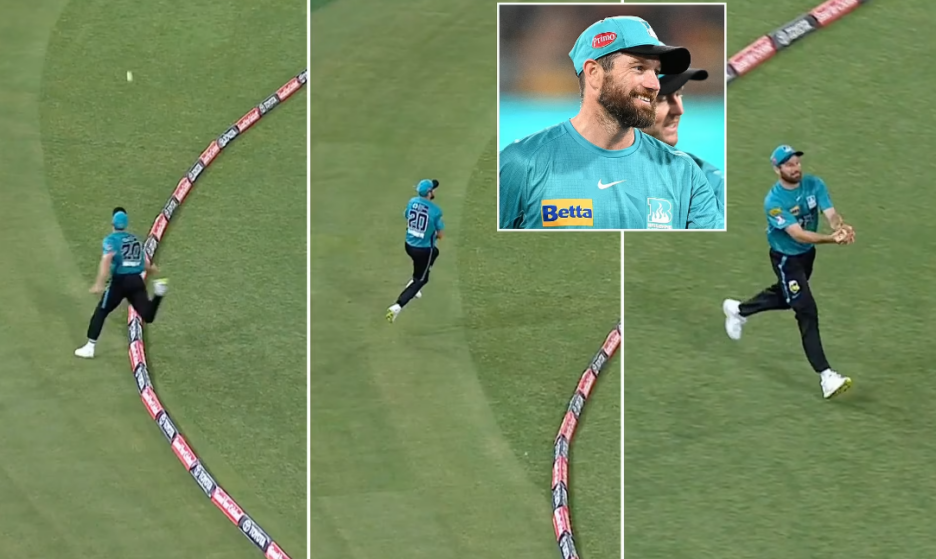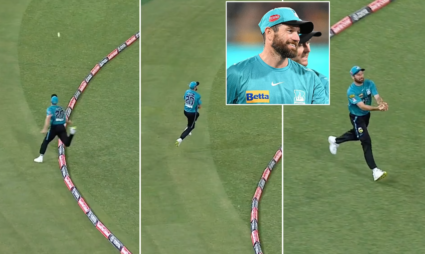

Fielders are players apart from the bowler who are tasked with taking catches, restricting the flow of runs, and inflicting run outs whenever possible. A legal caught out dismissal on a fair delivery is one where the fielder secures the ball with his hands or accidentally lodges within his or her protective equipment when their first contact with the ball is within the boundary lines.
Fielders positioned near the boundary lines are often tested when a mid-air ball’s expected trajectory is beyond the boundary lines. In such a case, fielders often leap and catch the ball while they are airborne. The jump they make often sends them beyond the boundary rope. Before they make contact with the ground beyond the boundary, they hurl the ball back inside the field. Before the ball lands within the ropes, the fielder swiftly jumps back inside the rope to catch the ball mid-air while being positioned within the ropes completely.
In the above scenario, if the fielder positions himself or herself beyond the boundary while the ball is still airborne, and later jumps to bat the ball back inside the field, then this is not considered a legal catch and is instead given a six. This is because the fielder’s first contact with the ball is outside the boundary lines. It is essential for the fielder to make his or her first contact within the boundary lines. This is the basic premise for any act of juggling the ball back inside the line to take a catch legal.
Thus, a fielder must be positioned within the boundary lines in order to make a legal catch.




